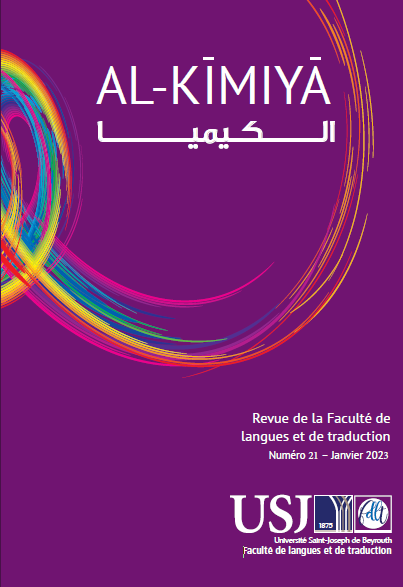Résumé
This study investigates certain stylistic, linguistic, technical and cultural constraints that translators usually encounter in the subtitling and dubbing of English films into the Arabic language. It highlights the solutions that they used in tackling these constraints by comparing the subtitled and dubbed version of the third instalment of the popular English adventure animated film How to Train Your Dragon: The Hidden World. In light of the basic technical constraints and the specific stylistic, linguistic and cultural constraints rooted in translation for audiences whose mother-tongue is Arabic, it is suggested that particular elements of translation theory can be beneficial in overcoming these identified constraints. Furthermore, the analysis of 16 scenes chosen from the English film sheds light on the similarities and differences in the translation methods and strategies adopted by the translators in the subtitled and dubbed versions. The results indicate that the subtitler only resorts to 8 techniques while the dubber relies on nine techniques. The findings also show that Adaptation and Deletion are the most frequent in subtitling, while Formal Equivalence and Expansion are the least applied. On the contrary, Deletion and Economy are the most common in dubbing, whereas Formal Equivalence, Literal Translation and Dynamic Equivalence are the least frequent.

